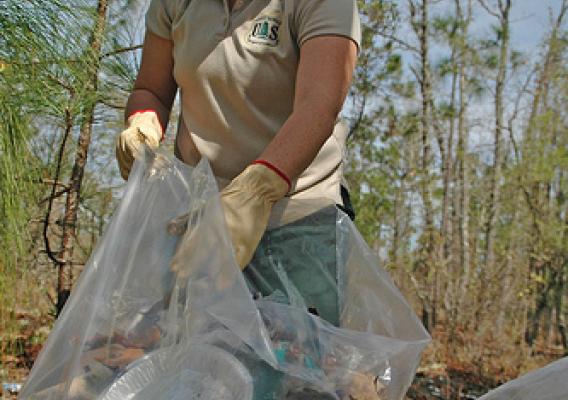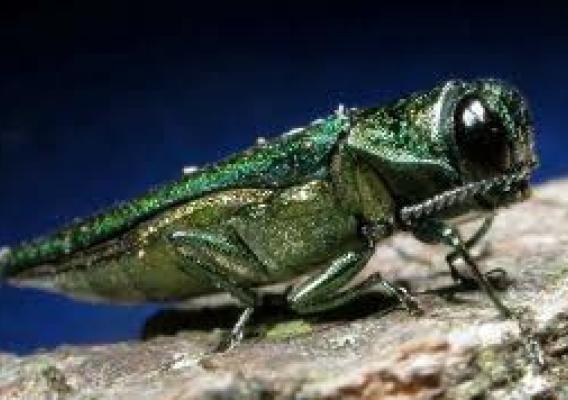The largest wood beams ever tested are being studied at the US Forest Service Forest Products Laboratory (FPL) in Madison, Wis. If you’ve ever wondered what 80,000 pounds of load looks or sounds like when applied to a 72-foot-long, 3-ton wood beam, now’s your chance. Bam! View this short video to get a sense of both the size of these glulam beams and the engineering acumen on display at the FPL. Hint: keep the volume up around the :53 second mark.
Glued laminated (glulam) timbers are a manufactured wood product composed of layers of sawn lumber glued together. Glulam beams are typically used in commercial construction to span large open areas, such as in churches or sporting arenas. They make for both an aesthetically pleasing and structurally sound option.
The FPL is one of the few locations worldwide that has the capacity to test such large wood specimens. As FPL engineer Doug Rammer explains, that capability is key to determining their strength.









